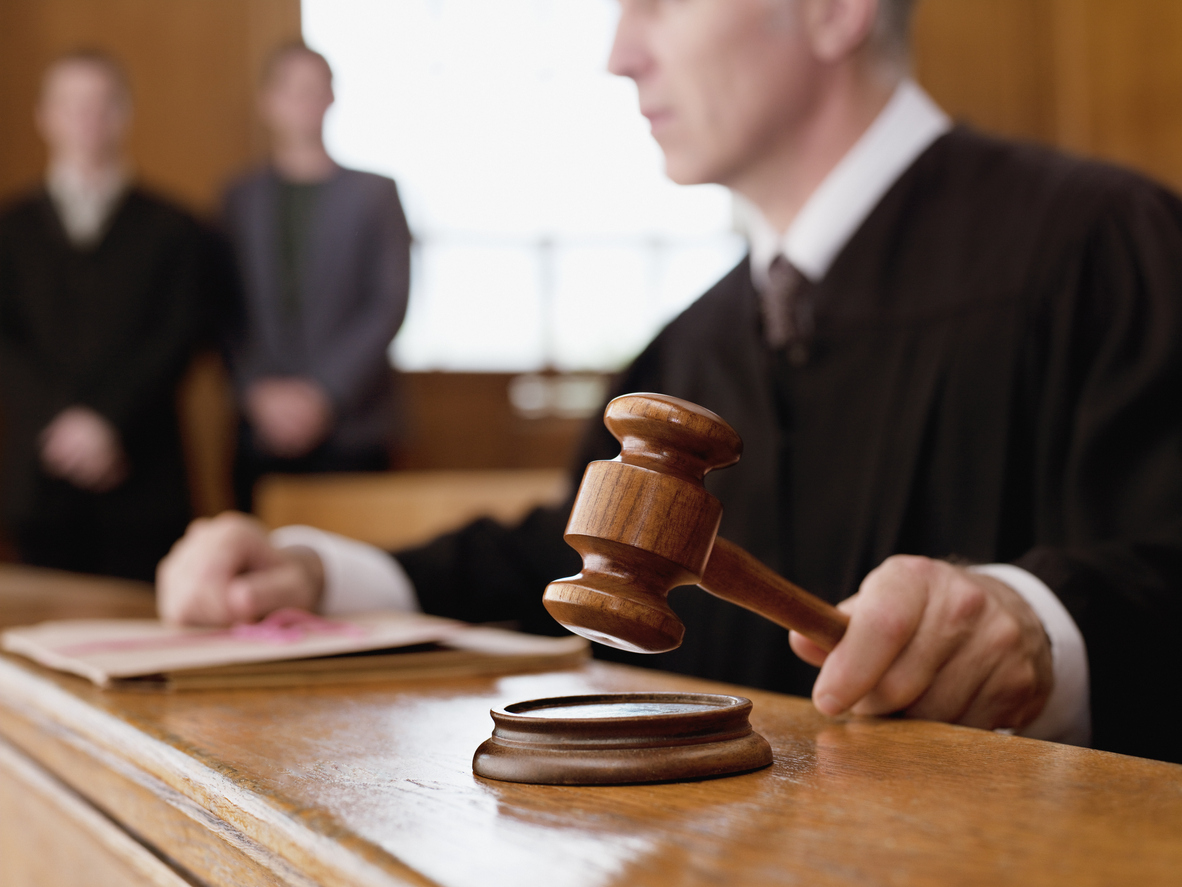At least one Michigan court has ruled that even when the execute general adjuster calls a building’s damage a collapse and labels it as a “cave in,” the denial will stand where the policy language supports an exclusion.1 This case arises out damages that occurred to a large commercial shop that repairs commercial trucks. There was a failure of the trusses and the roof began to sag, causing one of the walls to bulge outward due to the sudden pressure. Following the policy’s duty to mitigate the loss, the insured retained a company to install temporary shoring to support the roof and prevent further damage.
Community Garage made a claim with Auto-Owners for collapse and agreed the building could not be safely operated until repairs were made.
The policy Auto-Owners provided Community Garage excluded collapse coverage but provided “Additional Coverage – Collapse.” Under this coverage the policy required the collapse to be abrupt: “Abrupt collapse means falling down or caving in of a building or any part of a building with the result that the building or part of the building cannot be occupied for its intended purpose.”
The policy goes on to explain Additional Collapse coverage does not apply to something that is nearly a collapse.
Here is the exact policy language:
D. Additional Coverage- Collapse
3. This Additional Coverage- Collapse does not apply to:
a. A building or any part of a building that is in danger of falling down or caving in;
b. A part of a building that is standing even if it has separated from another part of the building; or
c. A building that is standing or any part of a building that is standing, even if it shows evidence of cracking, bulging, sagging, bending, leaning, settling, shrinkage, or expansion.
Auto-Owners denied the claim and said even though the building was not safe, the building was still standing and the denied the claim.
In court filings, Community Garage argued that the roof did abruptly cave in and the building cannot be used for it intended purpose. Community Garage set forth policy construction and interpretation arguments that are often helpful to policyholders. The Michigan cases cited in support show that the policy should be given its plain and ordinary meaning and any ambiguity that is reasonably susceptible to more than one meaning will be resolved in favor of coverage for the insured.
Community Garage also pressed the court to require Auto-Owners prove this exclusion applied to this loss.
To assist in its argument, Community Garage had emails from defendant’s Executive General Adjuster and testimony of an expert who referred to the damage as “collapse” or “caving in.”
Both the trial court and the appellate court disagreed with Plaintiff and found that the property damage was not a covered loss and not considered a collapse. The court found no ambiguity and instead said that the policy included a provision that outlined what doesn’t qualify as collapse. The court explained that along with the explanation of collapse, the policyholder must also read Subsection D 1 and Subsection D (3)(a) that excludes coverage for any part of the building that is simply “in danger of falling down or caving in.”
The court addressed the emails by saying that collapse and caving was being used in the common usage and not specifically the way the policy details collapse and caving in—meaning the adjuster was using a general term. Further, the adjuster had recommended additional consideration of the policy form and called out Subsection D (3) for review.
Whether other courts will have different rulings depends on cases like this will depend on policy language and factual circumstances of the loss. Much of the analysis here seemed to center around whether the sagging roof was actually caving it. A drooping roof is what the court found was happening at Community Garage but the quick action of the owners to shore up the building may have been what stopped a traditional cave in and also protected the workers and occupants.
Interested in more posts about collapse coverage? Check out:



